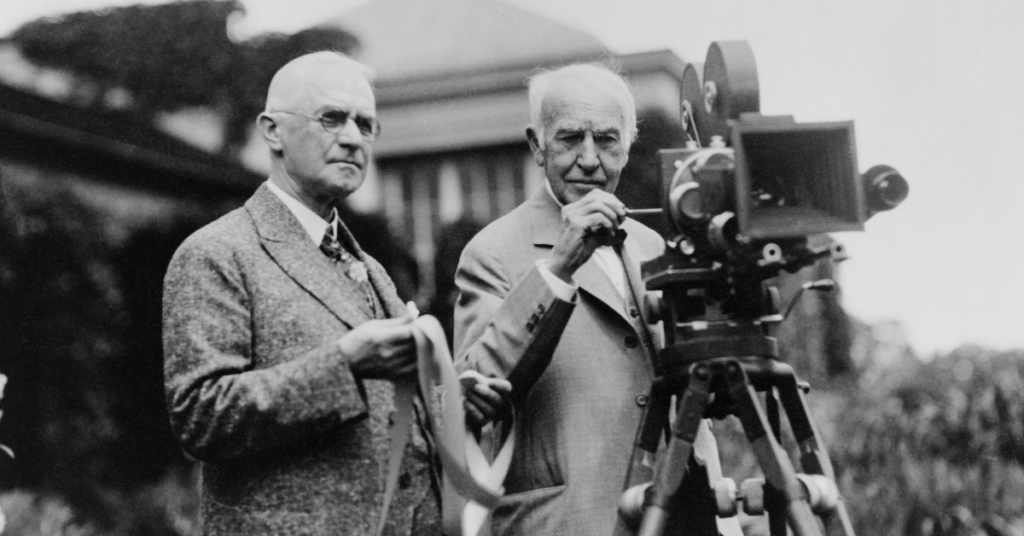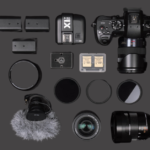Exploring the Evolution of the Camera: From Early Inventions to Modern Innovations and Insights for Investors.
The camera has evolved significantly since its invention. It has moved from cumbersome, experimental devices to portable gadgets we carry in our pockets today. With photography and videography becoming integral to personal and professional life, understanding the history of the camera and the key players behind its evolution is vital, especially for investors looking to dive into this lucrative industry. In this comprehensive guide, we will explore what 1st camera in the world looked like, uncover the camera born history, and discuss the pioneers who contributed to the discovery of the camera. Additionally, we’ll examine the top brands in the camera world that dominate today’s market.
|History of the Camera|
What Was the First Camera in the World?
The question what 1st camera in the world is often one that sparks interest when discussing the origins of photography. It’s essential to recognize that the concept of a “camera” evolved over centuries. The first camera-like device was not intended to capture permanent images but was rather used as an optical tool.
The camera obscura was the earliest known camera. This device dates back to the 5th century BCE and was essentially a dark box with a small hole (or lens) on one side. Light passing through this hole would project an image of the outside world onto the surface inside the box. The images produced by the camera obscura were temporary and could not be captured for later viewing.
The journey toward capturing permanent images began in the early 19th century, with the invention of the photographic camera. In 1826 or 1827, Joseph Nicéphore Niépce, a French inventor, created the world’s first permanent photograph using a technique called heliography. Niépce used a pewter plate coated with bitumen, which was exposed to light in a camera obscura for about eight hours to produce the first photograph known as “View from the Window at Le Gras.”
|History of the Camera|
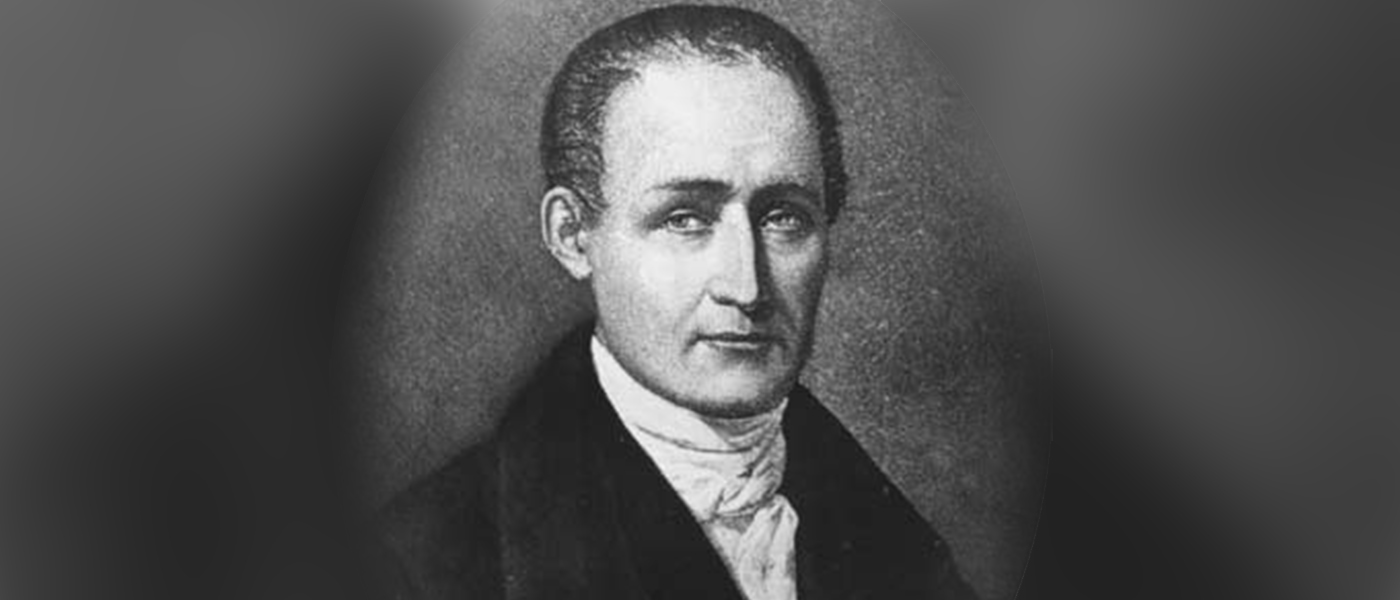
This breakthrough was revolutionary because it marked the moment when light could permanently preserve images. However, it was a painstaking process that required a long exposure time and was not yet suitable for widespread use. Louis Daguerre, another Frenchman, later improved upon Niépce’s work and developed the daguerreotype process in 1839, which became the first commercially successful photographic technique.
|History of the Camera|
What Is Camera Born History?
Understanding what is camera born history involves examining the series of inventions and improvements that shaped photography as we know it today. The journey from a simple camera obscura to the invention of modern photography is filled with remarkable milestones.
After Niépce’s initial breakthrough, Louis Daguerre developed the daguerreotype, which was the first practical and commercially viable photographic process. The daguerreotype produced a sharp and detailed image on a silver-coated copper plate and was quickly adopted for portrait photography. While it was a significant leap forward, this technique was not without its drawbacks. The exposure times were still relatively long, and the process required chemicals that were dangerous to handle.
Soon after, Collodion Wet Plate photography emerged, offering even more detailed and faster images. However, it was still complex, as the plates had to be developed while wet, and the equipment was cumbersome. This was when the first roll film camera came into play.
The introduction of Kodak and the roll film in 1888 was a game-changer for the photographic industry. With the invention of the Kodak Box Camera, George Eastman brought photography into the hands of the general public. People could now take their own photographs and send the film to Kodak for developing, creating a photography boom.
|History of the Camera|
Who Is the Discoverer of the Camera?
The discovery and invention of the camera were the results of the cumulative efforts of several inventors and visionaries. When we ask who is discover the camera, the answer is not attributed to one individual but rather a combination of scientists and artists.
The camera obscura had been used for centuries by artists and scientists, but it wasn’t until Joseph Nicéphore Niépce developed the heliograph that photography became possible. Niépce’s work paved the way for Louis Daguerre, whose daguerreotype process made photography practical and commercial.
However, it wasn’t just these two pioneers who made a lasting impact. Other inventors, such as George Eastman and Kodak, significantly contributed to making photography more accessible. Eastman’s invention of the roll film and the Kodak Box Camera allowed the everyday person to enjoy photography.
|History of the Camera|
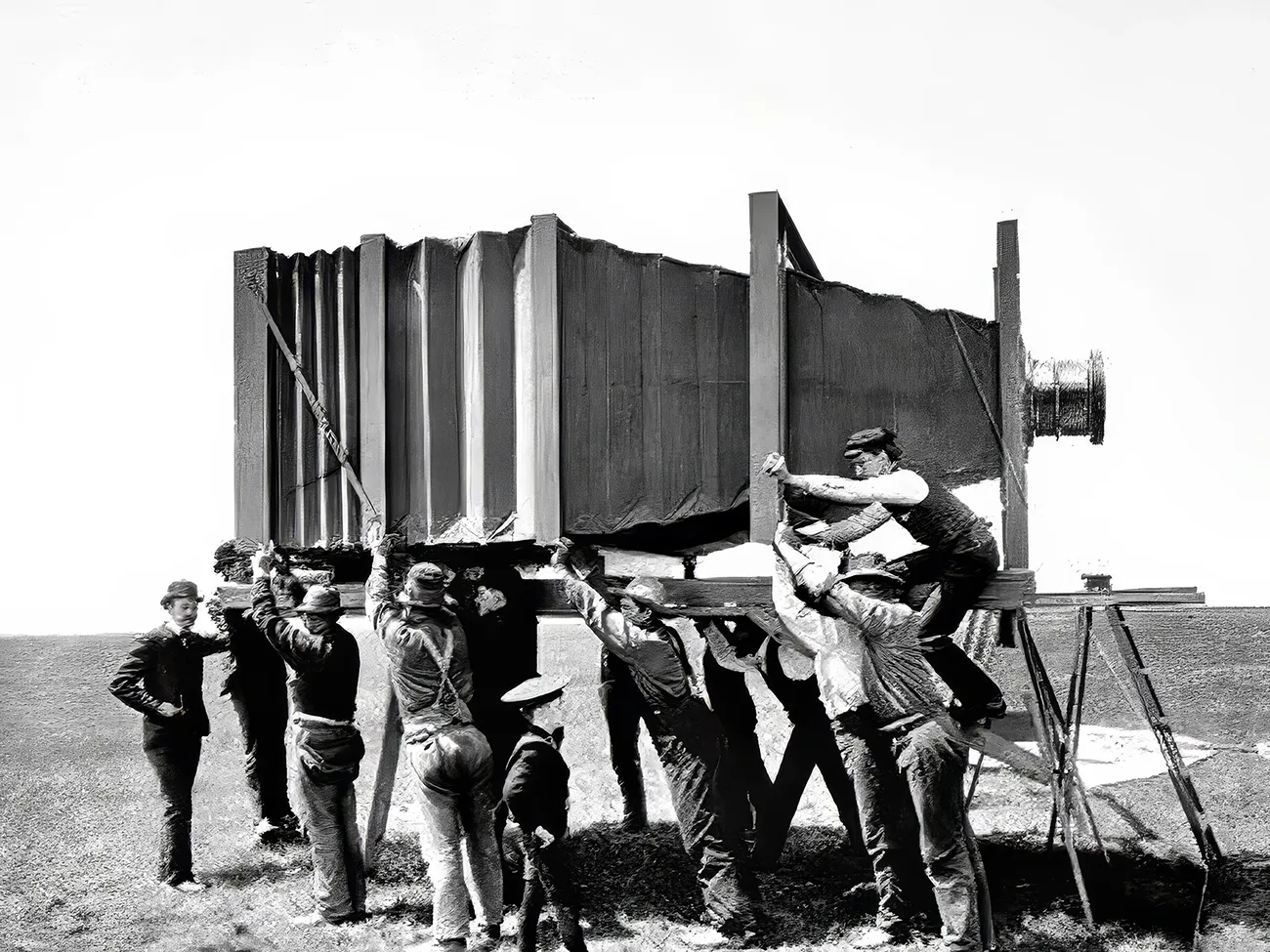
Another key player in the development of modern photography was George E. Smith, whose work on the development of the charge-coupled device (CCD) for digital cameras earned him a Nobel Prize in Physics in 2009. Smith’s work made it possible to capture digital images, which would later revolutionize photography and lead to the rise of digital cameras.
|History of the Camera|
Key Milestones in Camera History
The history of the camera is marked by several key innovations and milestones, each one significantly shaping the world of photography.
- The Birth of Color Photography
For much of photography’s early history, images were captured in black and white. The introduction of Kodachrome film in the 1930s by Kodak was the first commercially successful color film. This breakthrough made it possible to capture and preserve images in full color, greatly expanding the artistic possibilities for photographers.
- The Introduction of Digital Photography
The rise of digital cameras in the late 20th century marked another revolution in photography. The first digital camera was introduced in 1975 by Steven Sasson, an engineer at Kodak. Digital cameras used charge-coupled devices (CCDs) to capture images as electronic data, which could be stored digitally. The quality of digital photos improved dramatically over the years, and in the 2000s, digital cameras replaced film cameras as the standard for consumer and professional use.
|History of the Camera|
- The Mirrorless Camera Revolution
In recent years, mirrorless cameras have become increasingly popular, especially among professional photographers and videographers. Unlike DSLR cameras, which use a mirror to reflect light onto an optical viewfinder, mirrorless cameras use digital displays to show the image directly, allowing for a lighter and more compact design. These cameras provide excellent image quality, fast autofocus, and are ideal for both photography and videography.
Top Brands in the Camera World
When it comes to the top brand in the camera world, several companies stand out as industry leaders. These brands have become synonymous with high-quality imaging technology and innovation.
-
Canon
Canon is one of the most prominent and trusted names in the camera industry. The company is known for producing both DSLR and mirrorless cameras, offering an extensive range of options for all types of photographers. Canon is favored by both professionals and amateurs for its advanced features, superior image quality, and extensive lens collection. Canon’s EOS series and EOS R series mirrorless cameras are some of the most popular products on the market today.

-
Nikon
Nikon is another key player in the world of cameras, known for its DSLRs, mirrorless cameras, and professional lenses. Nikon cameras are praised for their image quality, durability, and ergonomic designs. Nikon’s D-series DSLRs and the Z-series mirrorless cameras have garnered positive reviews, particularly for their performance in low-light conditions and their ability to capture detailed images.

-
Sony
Sony is renowned for its innovation in the mirrorless camera segment. Sony’s Alpha series mirrorless cameras are highly popular among both professionals and enthusiasts for their compact size, exceptional autofocus, and high-resolution sensors. Sony has also made great strides in video recording, making its cameras highly sought after for videography. Their A7 series is widely considered one of the best mirrorless camera lines.
|History of the Camera|
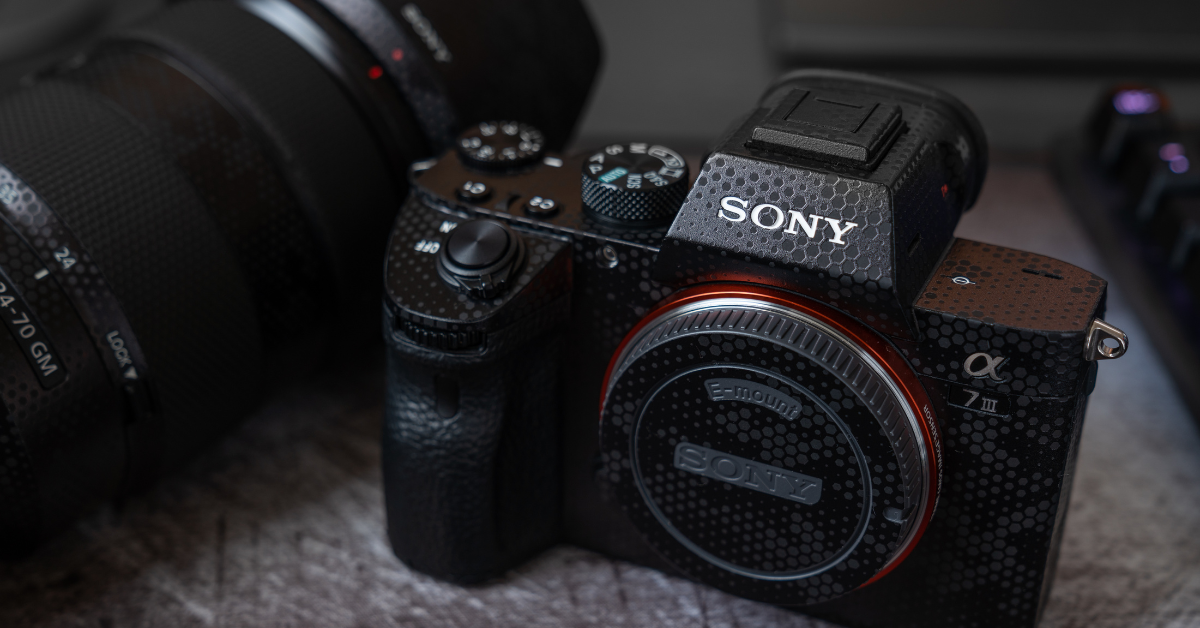
-
Fujifilm
Fujifilm is known for its mirrorless cameras, offering excellent image quality, particularly for those who love rich color reproduction. Their X-series cameras combine superior design and performance, making them particularly popular among portrait and street photographers. Fujifilm’s retro design combined with cutting-edge technology has earned them a loyal following in the photography community.
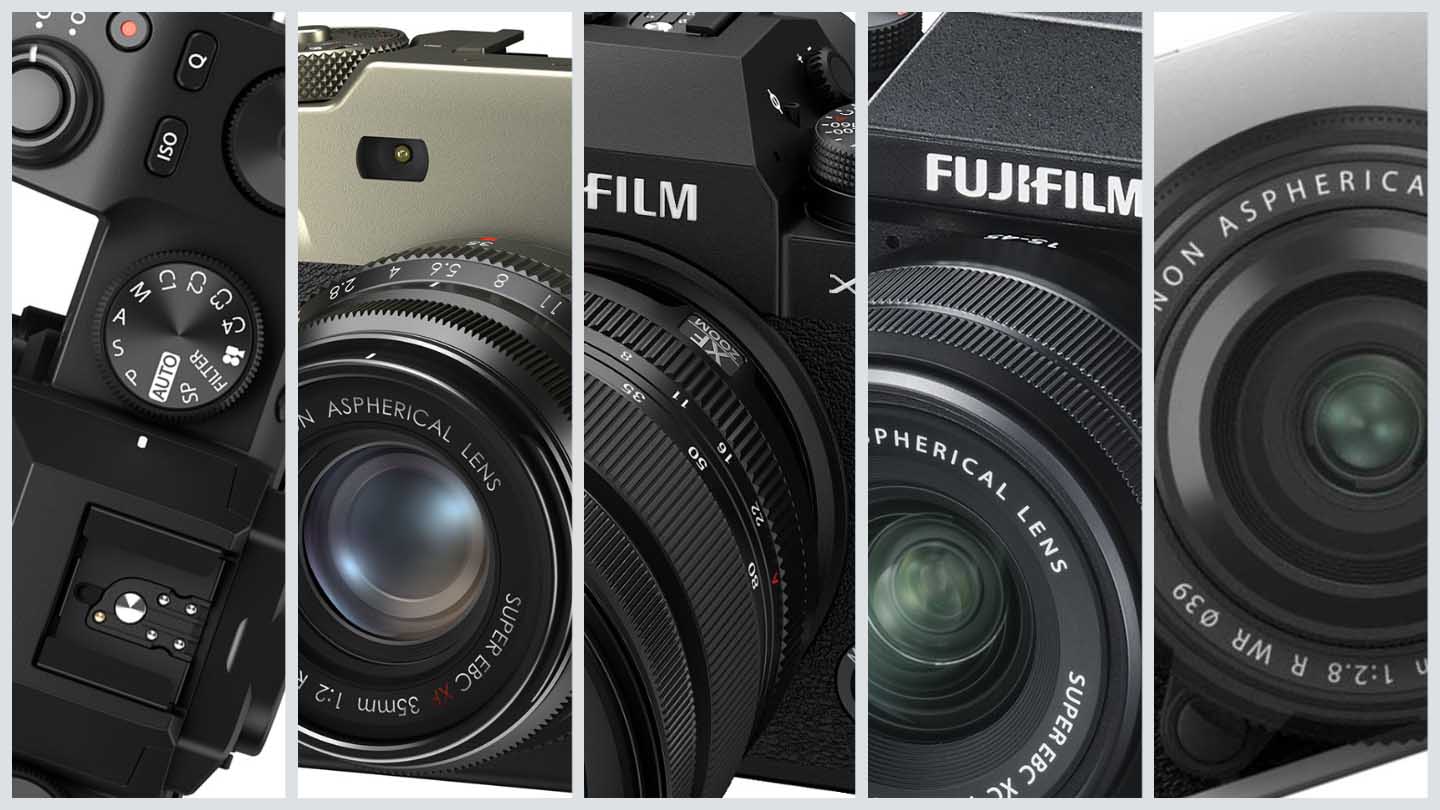
-
Leica
Leica is a luxury camera brand that is synonymous with high-end craftsmanship. The company’s rangefinder cameras are beloved by collectors and professional photographers. Leica cameras are revered for their image quality, manual controls, and timeless design. While Leica cameras are expensive, they continue to be regarded as a status symbol among serious photographers.
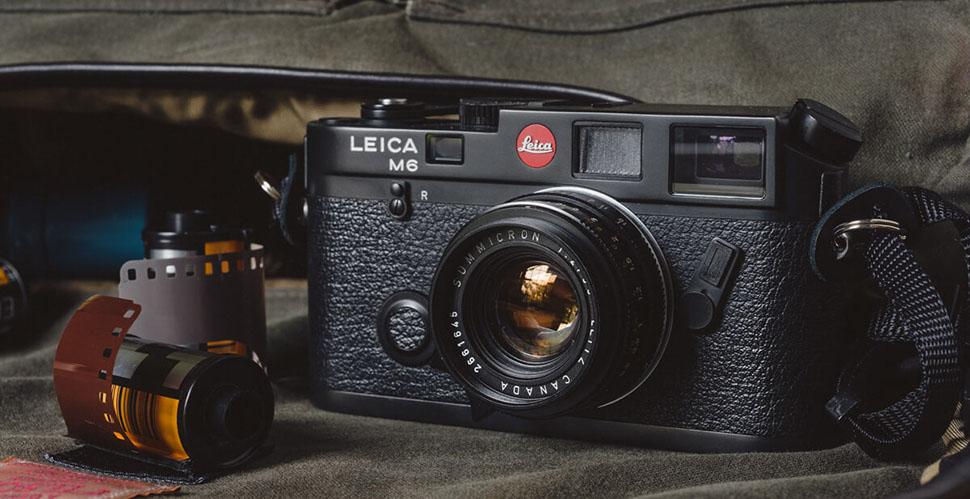
Frequently Asked Questions (FAQs)
- What is the 1st camera in the world?
The first camera to capture a permanent photograph was created by Joseph Nicéphore Niépce in the 1820s, using a method called heliography. The first commercial photographic process was the daguerreotype developed by Louis Daguerre in 1839.
- Who invented the first camera?
The first camera capable of capturing permanent images was developed by Joseph Nicéphore Niépce, while Louis Daguerre is credited with creating the first commercially successful photographic process.
- What were the first top camera brands?
The first major camera brands were Kodak and Leica. Kodak played a crucial role in making photography accessible to the masses, while Leica became a luxury brand known for its rangefinders.
- Why is digital photography so important today?
Digital photography has revolutionized the industry, making it possible to capture, store, and share images instantly. It has also reduced costs, as photographers no longer need to develop film.
- What are the best camera brands today?
Today, the top brands in the camera world include Canon, Nikon, Sony, Fujifilm, and Leica, all known for producing high-quality and innovative cameras for both photography and videography.
|History of the Camera|
Conclusion
The history of the camera is filled with milestones and breakthroughs that have shaped the way we capture the world around us. From the 1st camera in the world to the latest mirrorless technology, cameras have come a long way.
Understanding the camera born history, who contributed to its invention, and the top brand in the camera world is vital for anyone looking to invest in the photography industry. As the demand for high-quality imaging continues to rise, the camera industry remains an exciting field for both photographers and investors alike.

